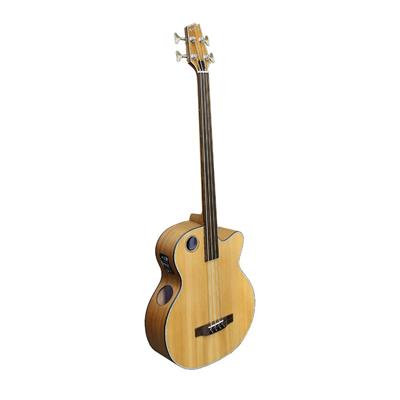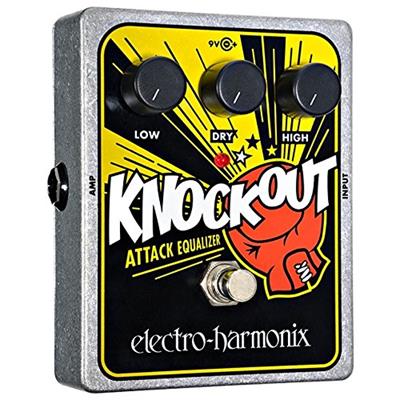When you buy your first car you do not just expect to drive it for years without putting any gas in it or changing oil or even cleaning it. The reason for that being, and it is sad that I have to outline this, that without maintenance a car will be destroyed in a matter of months and you do not want that to happen because you spend money on it for Christ’s sake! AND you bought it for a specific reason. So that is why sometimes I am amazed at people who do not maintain their guitars. Unless you have a ton of money laying around and get a guitar for the heck of it, you probably really care about that guitar that you spend $200, $500, or even $5,000 on. To keep that beautiful, not so cheap guitar of yours in a good shape and not see your money go to waste, you have to put in some effort, just several minutes and very little money (compared to what you spent on a guitar) so that it lasts you for years and gets better and better with years. If you realize that maintenance is a necessary aspect of owning a guitar (thank God!) then here are some of the maintenance tips and I hope you find them somewhat handy.

Cleaning Your Guitar
I cannot stress enough how important it is to regularly clean your guitar. Whether you are using it only once in a half-moon or playing it every waking second of your life, cleaning is a must! There is so much sweat and natural oils, as well as dust and dead skins, that are accumulated on the surface of the guitar that without cleaning it your guitar will soon look very shabby and sound dull. Get something like cleaning kit like Music Nomad MN108 Premium Guitar Care 5-Piece Kit that will serve most of your needs. When you clean the guitar do not put the cleaner directly on your guitar, put it on a cloth and apply it like that. Do not use any products that you do not know are guitar safe and DEFINITELY do not use abrasive material when cleaning it, you do not want to ruin the finish of your guitar or cause cracks.
Humidity
Most guitars are made of tonewood and like any wood material, guitars change with time and you do not want the changes to destroy your guitar because of humidity levels. Two things to avoid when it comes to humidity is too much moisture and too little moisture. Tonewood is very reactive to moisture so when humidity is too high the material swells causing cracks and bridge lifting off making playability very poor. On the other end of the pole, you get environments with too little moisture. You keep your guitar in an environment with too little moisture and you get yourself a guitar with wood dry as Sahara desert. This makes your guitar shrink and causes cracks and warped neck. There are several things you can do to avoid humidity levels massing with your guitar. First of all, try to keep your guitar in a guitar case or at least a gig bag when you are not using it. I know you want to have it either hanging on a wall hanger or being exposed in the middle of the room so that you can show it off. That will not only mess with the tonewood but also open it up to horrendous accidents. So if it is not the humidity that will finish it, it is going to be that drunk friend of yours stumbling into the room and knocking it over. The other thing you can do to maintain humidity is a humidity controller. You can get something like Boveda 2-Way Humidity Control for Guitars or Acoustic Moiss Humidity Controller. You put these devices on your guitar and they control humidity levels and keep them in check so you will not have to stare at your guitar for signs of humidity damage.
Restringing
Oh, the good old strings, how people hate you but desperately need you. I know, it seems hard to choose good strings. But restringing a guitar? DAUNTING. You probably think: “yeah I changed my strings once over years of owning my guitar, that should do it”. Well, I do not think I have to tell you that it definitely WILL NOT do it. Whenever you think that your strings produce dull sound or are no longer as playable, change them. You should look at restringing methods beforehand if you have never done it and see out the guide on how to restring a guitar. You can of course wing it but end up with a result that is even worse than the original and you definitely do not want to deal with restringing more times than it is necessary.
These are just a few tips to keep in mind so that you do not end up with something that used to be a guitar but now can only be used to smash stuff when you get too angry. Maintenance is not rocket science and it does not take long but the payoff is big so why not do it?





